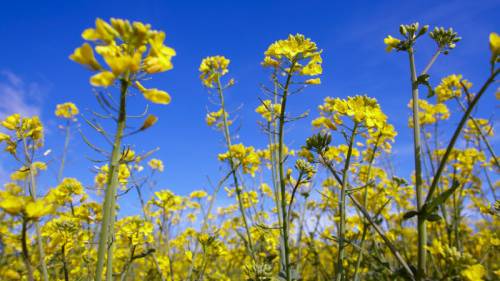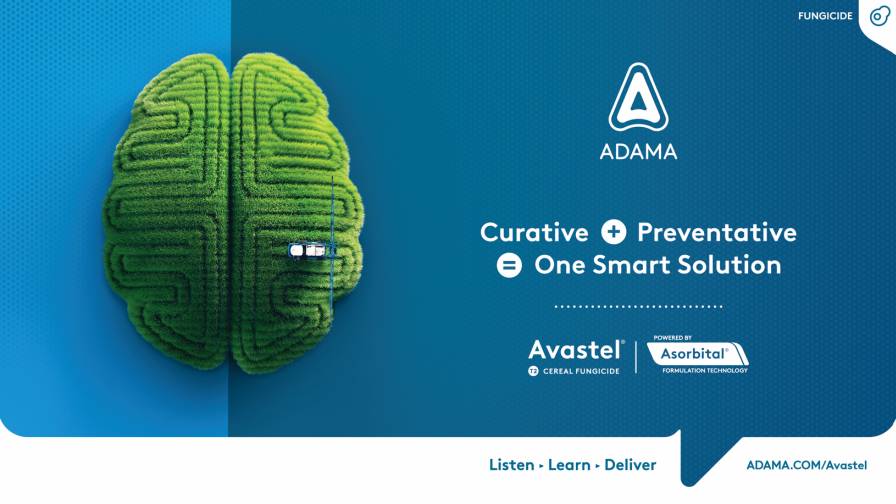CAC 2013: Growing? No Problem. Initiative, Innovation Next for Chinese

This year’s CAC event took place at a shiny new venue, the Shanghai New International Expo Center, and it delivered as promised: a far larger, more open and comfortable space for buyers and sellers to do business, network and scope out new partners.
A walk through one massive building after another gobbled up by more than 850 exhibitors – it was the Great Wall of booths, packed with attendees from all corners of the globe – hinted at how greatly the Chinese agrochemical market has exploded since CAC debuted 14 years ago.
At the CCPIT CHEM-organized conference preceding the trade show, industry experts shared their insight into the past, present and future of the crop protection value chain for both developed and budding markets including Brazil, Thailand, the European Union and China.
Agchem expert Hu Xiaoxing of the China National Chemical Information Center consultancy (CNCIC) addressed tough challenges the Chinese are facing, explaining that they have lost market share to larger overseas companies in recent years because of a tendency to be too passive in developing new markets. Competitors elsewhere are actively registering products, taking their pick among the growing list of Chinese suppliers, which are forced to keep lowering their prices. “Quality should be the foundation. We need to take initiative to register our products overseas,” she urged.
But the biggest reason Chinese players have lagged multinationals in profit performance is underinvestment in R&D. “Syngenta and Bayer invested hundreds of millions of dollars from 2009 to 2011, amounting to 8% to 10% of revenue, while China invested 1% to no more than 2% in R&D,” Hu said.
Reversing this trend won’t be easy, but improving processes and developing cleaner environmental technologies for products like glyphosate, imidacloprid and chlorpyrifos, along with equipment automation levels, can elevate China’s status above being the crop protection market’s famous low-cost generic player.
“Because of genetically modified seed developments and the shortage of energy in the world, we can’t do away with glyphosate. Its future is still promising,” Hu added. She offered as examples the strides made in treating wastewater. “As long as we try to innovate, no matter how old or new the products, we can raise the added value of products, increase competitiveness and achieve greater success in imports and exports.”
Is China Ready for Brazil?
Flavio Hirata, agronomist and AllierBrasil partner, said 2012 “marked a very clear change” in how Chinese manufacturers perceive the Brazilian market, as notorious for its high barriers to entry as the Chinese have been in the past for its submission packages attached to addresses and companies of questionable existence.
“There is a new impulse of Chinese companies to access the Brazilian pesticide market,” Hirata said. “Many companies go to Brazil without any strategy. They think, ‘keep moving with registration and when the problem appears we’ll face it.’ The chances to fail are high. Start from others’ mistakes and save time and money, choose the right connections and the right distributors. The Brazilian pesticide market is completely different than any other market in the world.”
Hirata said 2013 sales in Brazil are expected to be $10.6 billion versus $9.38 billion in 2012. He noted a “very strong shortage” from suppliers in China last year.
Also presenting at CAC was industry veteran Matthew Phillips of Phillips McDougall, who offered a mostly positive view on agrochemicals for 2013, as high wheat and other commodity prices drive crop protection spending. The stabilizing of glyphosate prices is expected to continue in 2013. A backlog of product that went unused last year due to severe weather in the U.S. and Europe could hinder price improvements, however.
For agchem players, the list of complicating factors is growing. Fast-rising energy costs eat up growers’ crop protection dollars, and the harsh regulatory environment is tightening the reins on R&D spending. Research in seed and traits has taken a bigger piece of the pie. In 2000, almost 70 molecules were in development, compared with only 30 in 2011.
The inevitable has happened: Fewer new active ingredients pushes spending instead to protecting intellectual property rights for existing chemistries.
It was a common theme heard at CAC that Phillips reiterated: It is those players investing in new formulations that will be in a position to compete effectively. “If you are making technical products you are stuck at the bottom,” he said. Phillips expects about 2.2% growth per year in the crop protection market through 2016.






